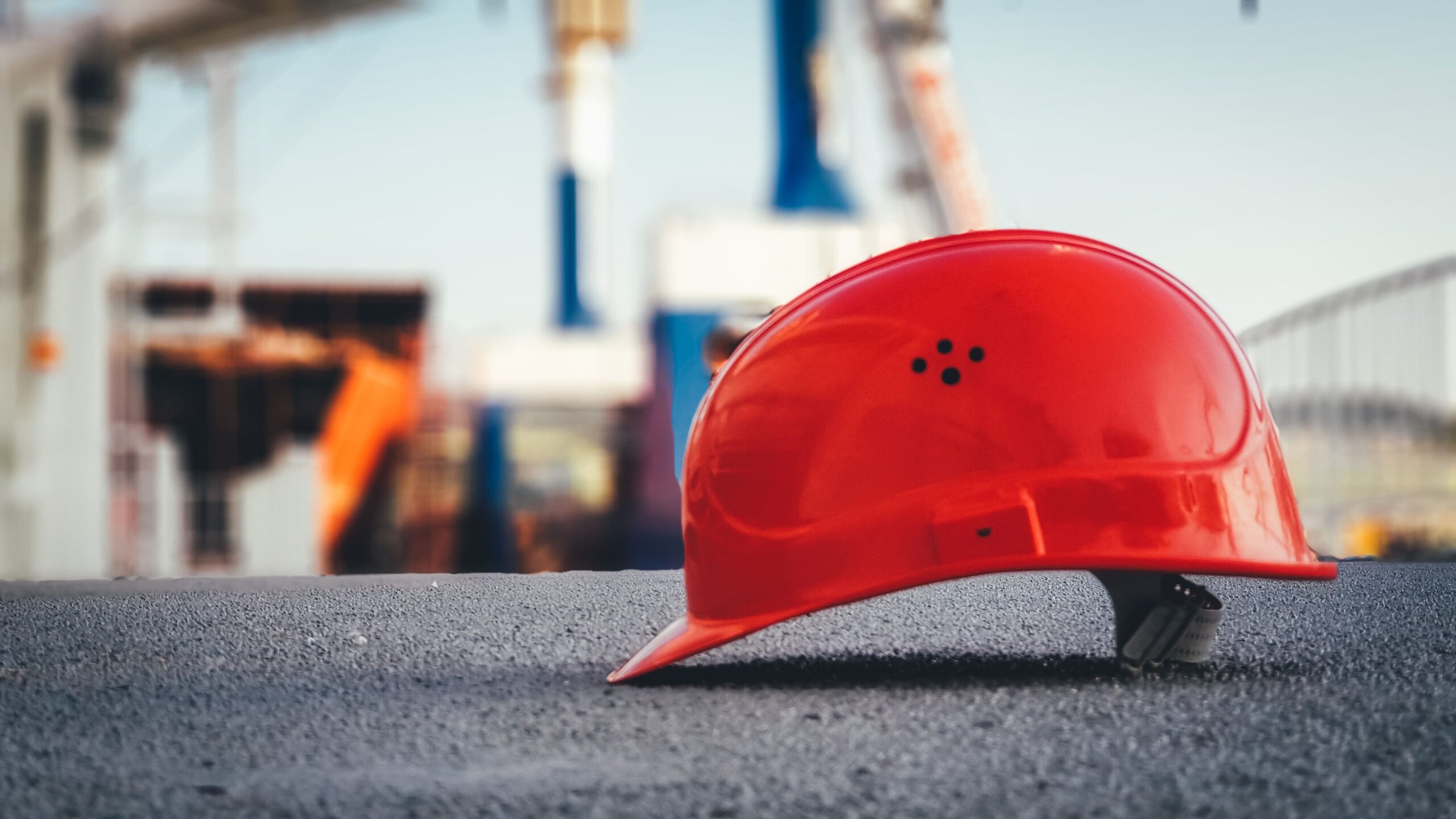The design of engineering systems such as electricity and water supply is one of the key stages in the construction of multi-storey commercial buildings and houses. The quality of the design and the choice of optimal technical solutions directly affect the functionality, safety, and comfort of the buildings.
Pricing for electricity supply projects
The cost of a project for the electricity supply of a multi-story building depends on several parameters, including the power of the electrical network, the number of consumers, the length and type of cable lines, as well as the specifications of the equipment. The cost of the project is also influenced by the expenses for the development of technical documentation, coordination with regulatory bodies, and payment for the work of designers.
Water Supply Project Prices
The cost of a water supply project for a multi-story building is determined based on the volume and complexity of the work involved in developing and implementing the water supply system. Key factors influencing the cost include:
- Number of floors and rooms in the building
- Required capacity of the system
- Length and type of pipelines
- Equipment and material specifications
In addition, the cost of a water supply project may include expenses for developing technical documentation, coordinating with regulatory agencies, and paying for design services.
Impact of Complexity and Innovative Solutions on Project Costs
The complexity of designing engineering systems and implementing innovative technologies can significantly affect the cost of electrical and water supply projects for multi-story commercial spaces and homes. Incorporating modern solutions such as automation of engineering system management, using alternative sources of energy, and employing environmentally friendly materials may lead to increased expenses for design and construction. However, in the long term, such investments can pay off through savings on operational costs, increased energy efficiency, and improved environmental conditions.
Pricing in large cities
In large cities, the cost of projects for electrical and water supply of multi-storey commercial buildings and houses can be significantly higher than in less developed areas. This is due to various factors, including more complex infrastructure, high population density, as well as high cost of land and resources.
The complex infrastructure of the capital and large cities requires more sophisticated and technically complex project solutions. Engineers and designers must take into account many nuances, such as existing communications, intersection with transportation arteries, restrictions on the weight and size of equipment, as well as requirements for preserving the historical architecture of the city. All this significantly increases the complexity of the design and, accordingly, its cost.
In addition, the capital and large cities have high population density, which also affects the cost of projects. Designing engineering systems in conditions of limited space and dense development requires special care and a competent approach, since it is important to consider all possible impacts on neighboring buildings and infrastructure objects.
Conclusion
Prices for electrical, water supply, and multi-story commercial and residential building projects can vary significantly depending on a multitude of factors, such as the volume and complexity of the work, the type of equipment and materials used, as well as the application of innovative technologies. It is important to conduct a detailed cost analysis of projects and choose optimal solutions that take into account the requirements for building functionality, safety, and comfort, as well as possible operating costs and environmental impact.
When selecting design solutions for electrical and water supply systems for multi-story commercial and residential buildings, clients and investors should carefully study the experience and qualifications of designers, as well as their portfolio of completed projects. The professionalism and experience of the designer are a guarantee of a quality and reliable project that will comply with all norms and standards, as well as consider the individual requirements of the client.
Regular cooperation with proven designers and quality control of the work performed can significantly reduce the risks of problems arising during the construction and operation of the building. It is also important to consider the possibility of attracting additional consultants and experts to assess the cost of projects and determine optimal technical solutions.
The cost of electrical, water supply, and multi-story commercial and residential building projects is one of the important factors that must be taken into account when planning investments in construction. However, it is important to remember that saving on the design of engineering systems can lead to serious problems in the future operation of buildings, including emergencies, downtime, and the need for additional capital investments to eliminate shortcomings. The choice of design solutions and their cost assessment should be carried out taking into account all risks and possible consequences, as well as striving for the optimal balance between the costs of design and long-term operational benefits.
